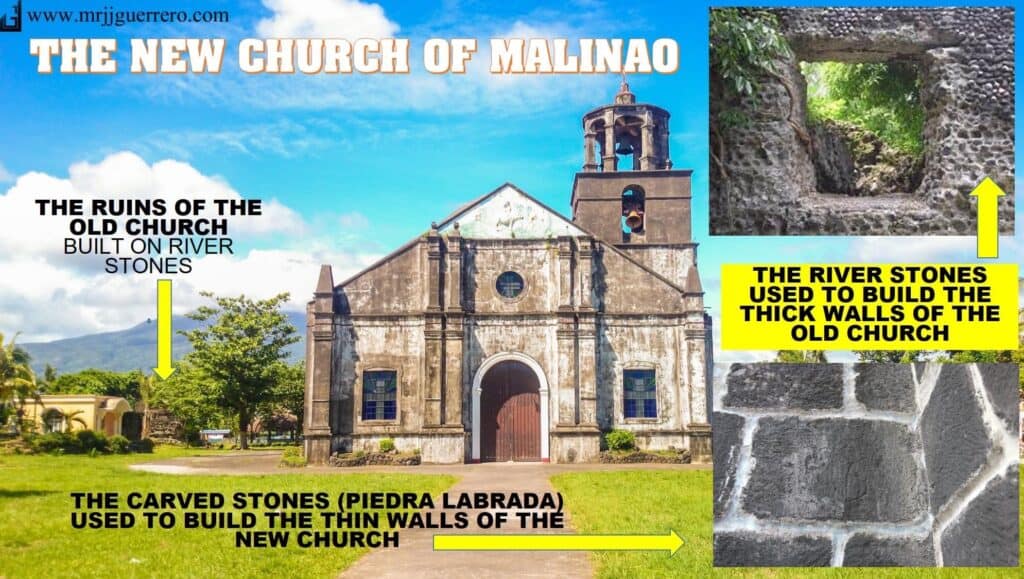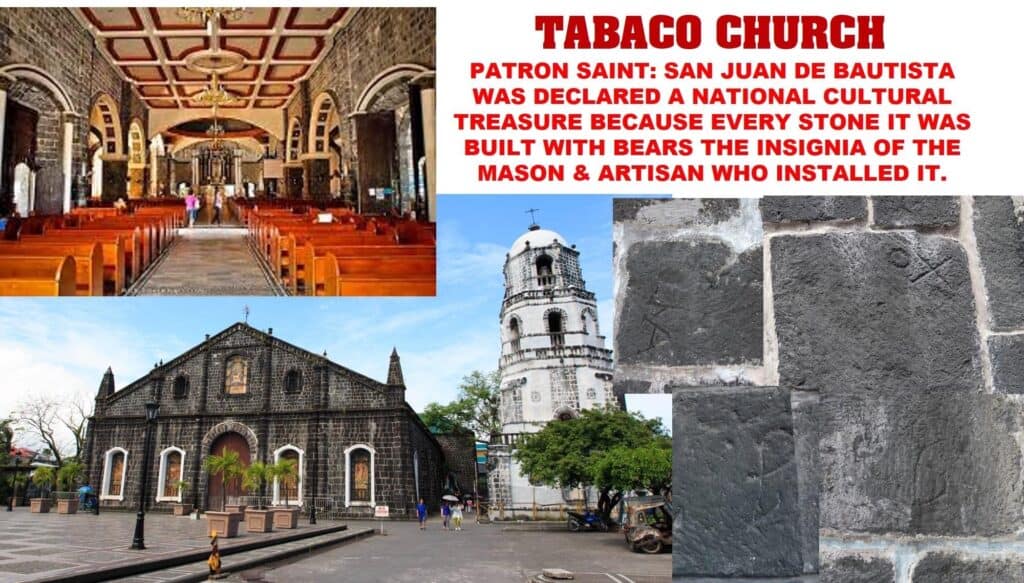By Abdon M. Balde Jr.
I have received request to feature again the churches of Albay. Part of the interest must have been aroused by the recent visit in Albay of my historian friend Xiao Chua aka. Michael Charleston Briones Chua.
- Tiwi
The earliest historical mention of Tiwi was in 1658 when it was founded by the Franciscans, probably by Pedro de Brozas, OFM, as a visita of Malinao.
Brozas came from Albay and Camalig. Tiwi became an independent parish in 1684 with St. Lawrence the Martyr as its patron saint.
The church made of combination of river and volcanic stones was erected in Barangay Baybay in 1776 when Lorenzo Mancilla was elected as its first gobernadorcillo. This is the church that is now in ruins and called “Sinimbahanan.”
However, because of the persistent raids of Moro pirates, the people started building a new church inland in 1829. The old church was burned by Moro pirates in 1846.
The new church was completed around 1863 in what is now Barangay Tigbi, in the center of the town.

2. Malinao
Malinao was once a visita of Albay. It was separated from Albay in 1619 with Francisco de Sta. Ana, OFM as its first minister, who built the first church under the patronage of Sta. Ana.
The church and casa parochial was made of wood. The administration of the parish was turned over by the Franciscans to a secular clergy in 1696. The church was destroyed by lahar from Mayon Volcano in 1766.
A new church was built and completed around 1851 on the site where it stands today.
“Why was the old church not rebuilt considering the thickness of the walls…?”
I asked that question when I first visited the ruins–because those ruins were the first you see when you come from the munisipyo. Why build a new church when the old one could have been rebuilt?
At first I thought it was the tight location between the marketplace and the municipal building. But then in ancient times there were no land restrictions because the powerful friars could get as much land they could get.
Then later I realized it was those thick walls that gave the answer.
Those walls were so thick because they used river stones in building the church. River stones were (and still are) rounded and did not interlock. This is the very reason why the walls must be thick to make it stable.
In later years, they discovered big rocks that could be shaped into cubes to make it interlock to each other. This is what they called “piedra labrada”. These interlocking stones made it possible to build thinner walls. And because the stones were cubes, they could even insert reinforcements between stones–something they could not do with rounded river stones. Also, with cubed stones less mortar was needed. A classic example are the walls of the San Juan the Baptist Church of Tabaco City.
So the builders of the Malinao Church decided to build a new church using piedra labrada rather than rebuild the old church using problematic river stones.

3. Tabaco
Tabaco began as a visita of Cagsawa in 1587 and the period was also cited as its foundation year.
The parish separated from Cagsawa in 1616 under Pedro de Alcaraso, OFM, who built the church with San Juan de Bautista as patron saint.
An unknown chronicler wrote that in 1649, the Iglesia and Convento de San Juan de Tanaco, both of which were made of bamboo and light materials were burned by Dutch and Moro raiders.
Thereafter, there was no mention at all about what happened to the place, except that Juan Bautista Marza was cited as the last Franciscan minister assigned to the area in 1660.
In 1723, a stone church was built in Cormidal and was finished in 1731. The same church was recorded as destroyed by the eruption of Mayon Volcano in 1814.
A new church of medium structure (mediana fabrica) was erected in 1851 and was described as having a casa parroquial. Thereafter, it was mentioned that Fermin Llorente the curate of Tabaco started renovations of the church which was completed in 1879.
The church was declared a National Cultural Treasure and a Cultural Heritage Site because, aside from its beautiful and ornate design, it has a feature unlike any church in the country or abroad: the masons and the carvers and the artisans that built the church left their insignia on each and every carved stone around the church.

